See how satellite imagery, permits, and public disclosures are used to track the power capacity and performance of frontier data centers.
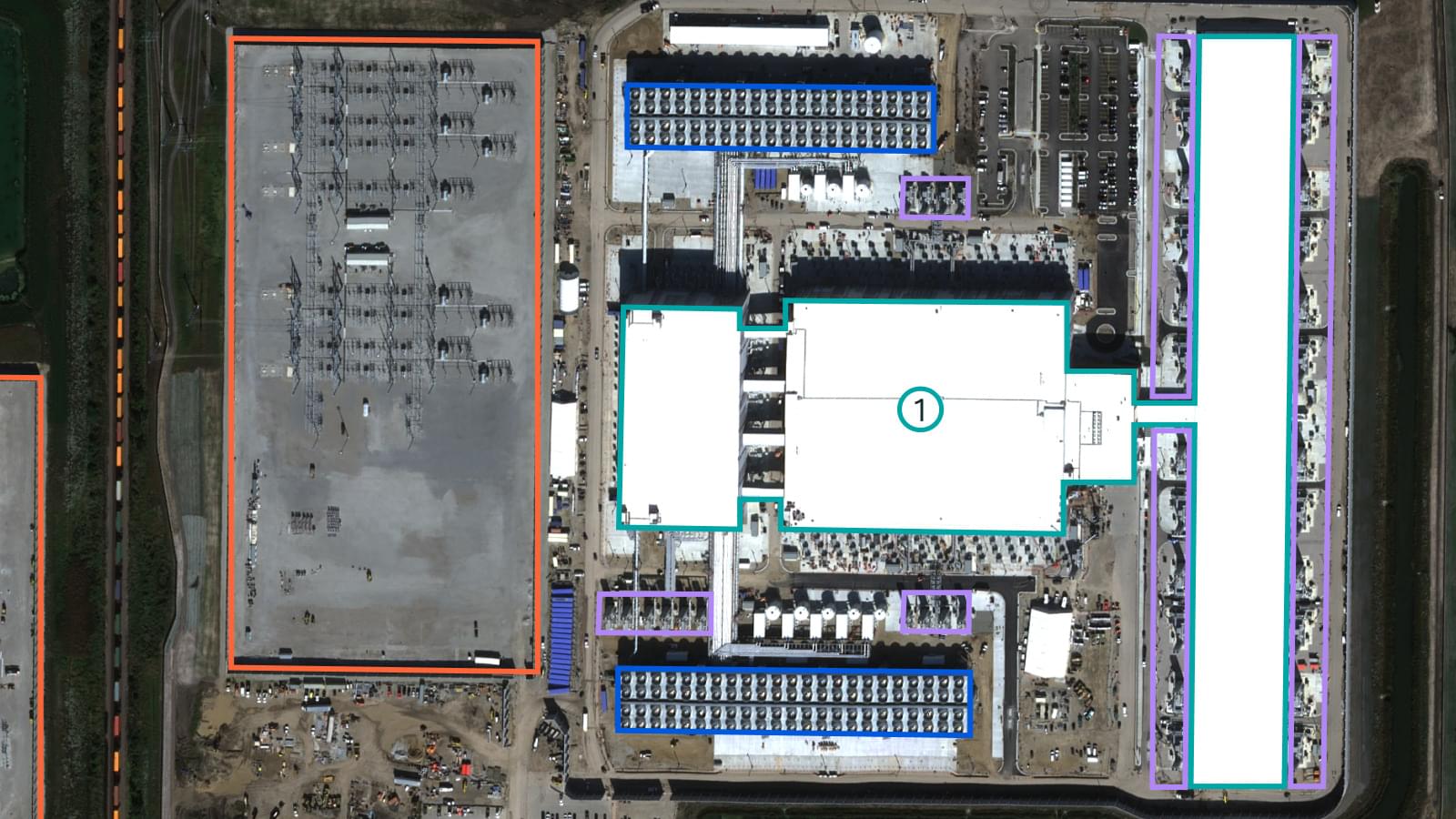

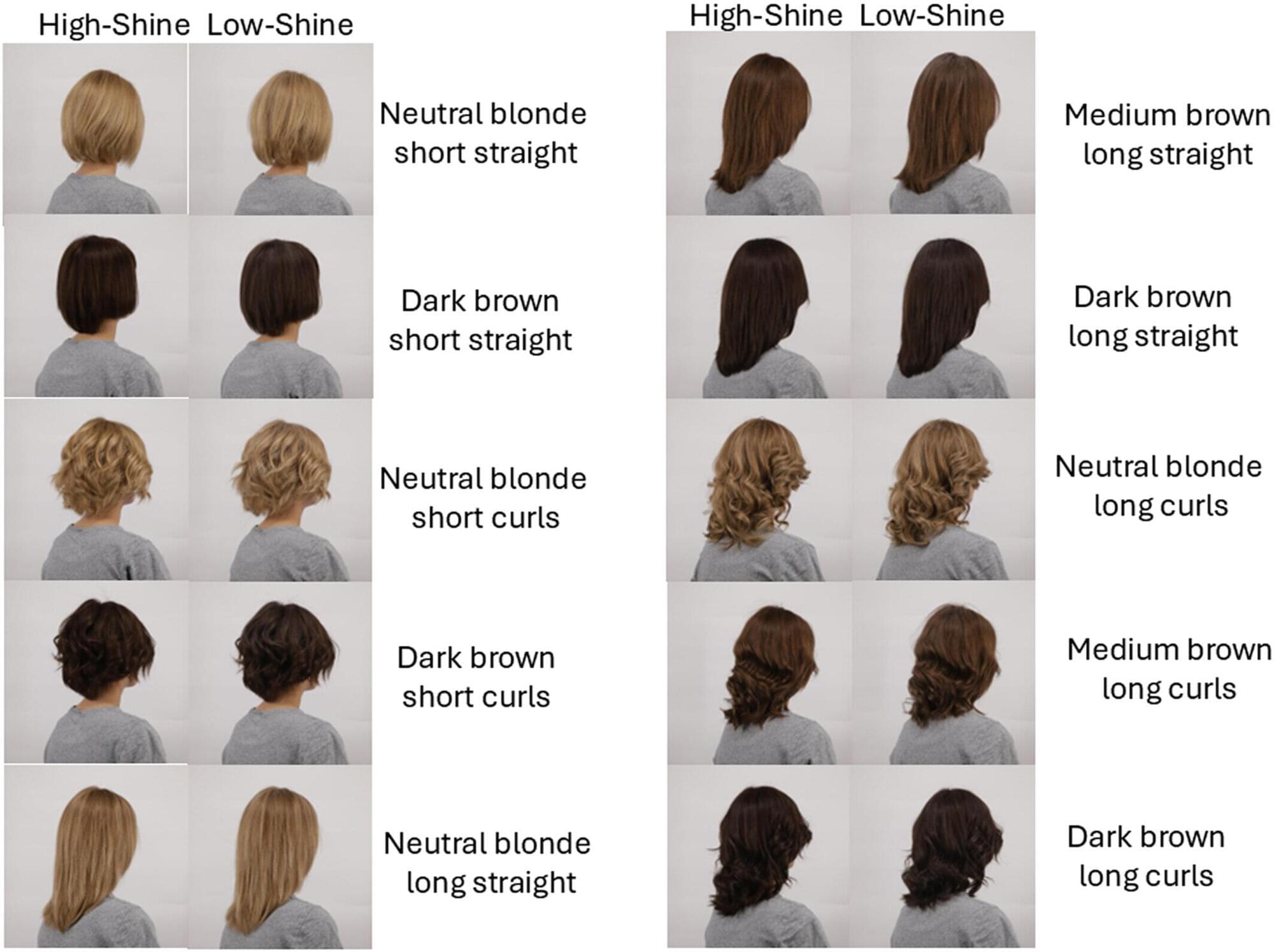
Straight-aligned hair paired with higher shine evokes the appearance of greater youth, health, and attractiveness, according to researchers at The Procter & Gamble Company, which owns several brands of hair care products, including ones designed to make hair shinier.
Studies on appearance often center on facial shape and skin condition. Previous studies also note that skin topography and coloration can influence judgments of age, health, and attractiveness across populations. Facial studies often remove hair cues to avoid biasing feature focused framing of perception.
Hair holds social cues that observers can read quickly. Work with computer-rendered hair has tied diameter, density, style, and color to shifts in perceived age, health, and attractiveness, and some studies previously associated healthier-looking hair with the appearance of better reproductive health.

Rice University researchers studying a class of atom-thin semiconductors known as transition metal dichalcogenides (TMDs) have discovered that light can trigger a physical shift in their atomic lattice, creating a tunable way to adjust the materials’ behavior and properties.
The effect, observed in a TMD subtype named after the two-faced Roman god of transitions, Janus, could advance technologies that use light instead of electricity, from faster and cooler computer chips to ultrasensitive sensors and flexible optoelectronic devices.
“In nonlinear optics, light can be reshaped to create new colors, faster pulses or optical switches that turn signals on and off,” said Kunyan Zhang, a Rice doctoral alumna who is a first author on a study documenting the effect. “Two-dimensional materials, which are only a few atoms thick, make it possible to build these optical tools on a very small scale.”
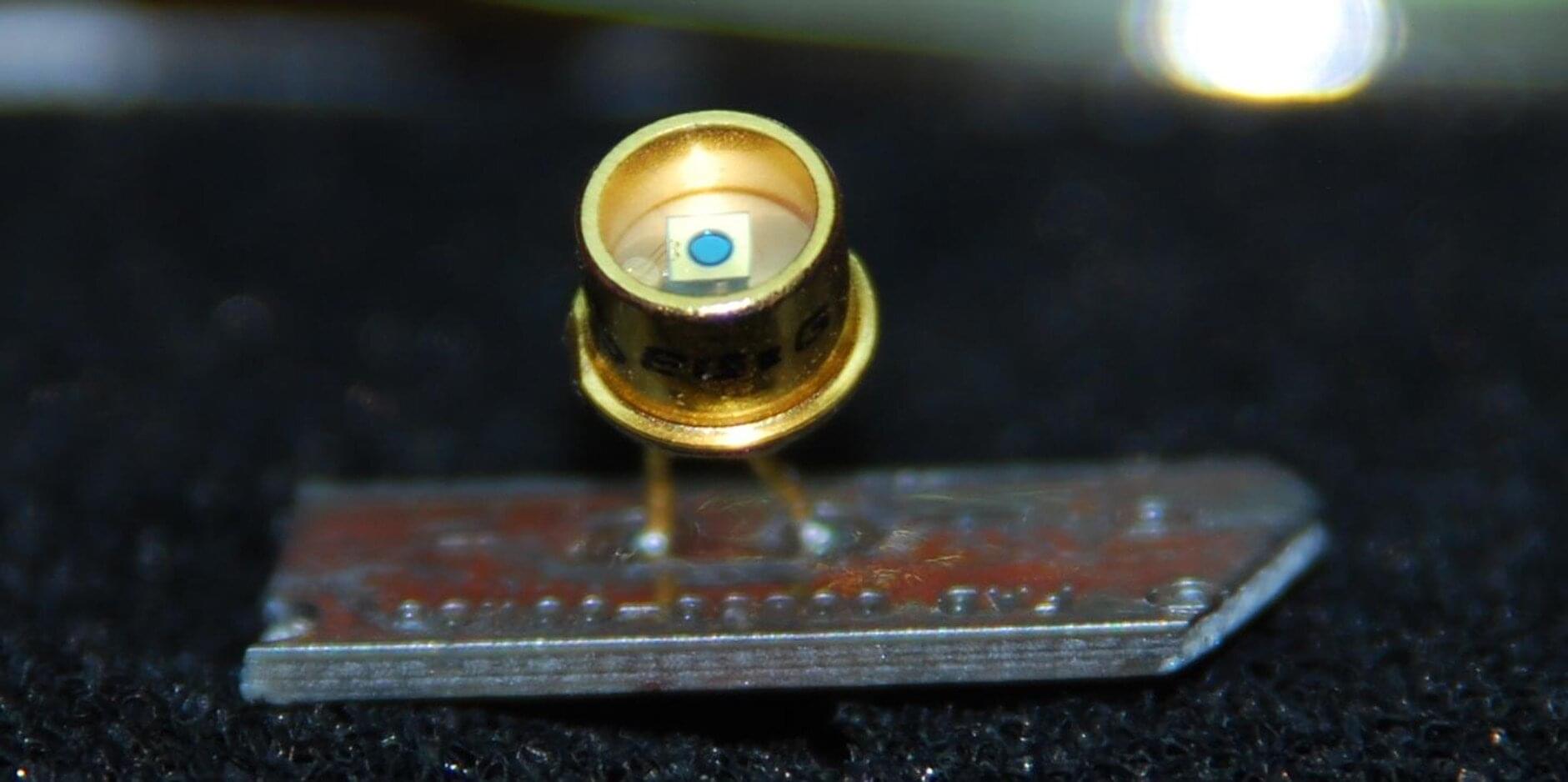
Geiger-mode avalanche photodiodes (GM-APDs) are highly sensitive light detectors, capable of detecting single photons. Photons of certain wavelengths, when absorbed by photodiodes, generate electron-hole pairs in a process called impact ionization which can result in a multiplication of charges when occurring in an electric field.
An avalanche photodiode is biased above its “breakdown voltage,” at which point impact ionizations reach a self-sustaining rate, resulting in a distinct electrical pulse that is readily detectable. To detect single photons in the presence of other mechanisms that generate impact ionization, the avalanche diode must simultaneously have a high probability to absorb incident photons of the desired wavelength, known as the unity-gain quantum efficiency (QE). Both being able to support high fields and having good QE at the desired wavelength are critical factors in determining the device’s sensitivity.
Certain GM-APDs based on 4H-silicon carbide (4H-SiC) have high single-photon detection efficiency in the deep-ultraviolet (DUV) wavelengths around 280 nanometers. To reliably detect photons at higher wavelengths where absorption is weaker, SiC GM-APDs need to improve their baseline photon capture efficiency, as indicated by its unity-gain QE. To accomplish this, researchers often employ APDs with much thicker absorber layers. However, this can often lead to design challenges.
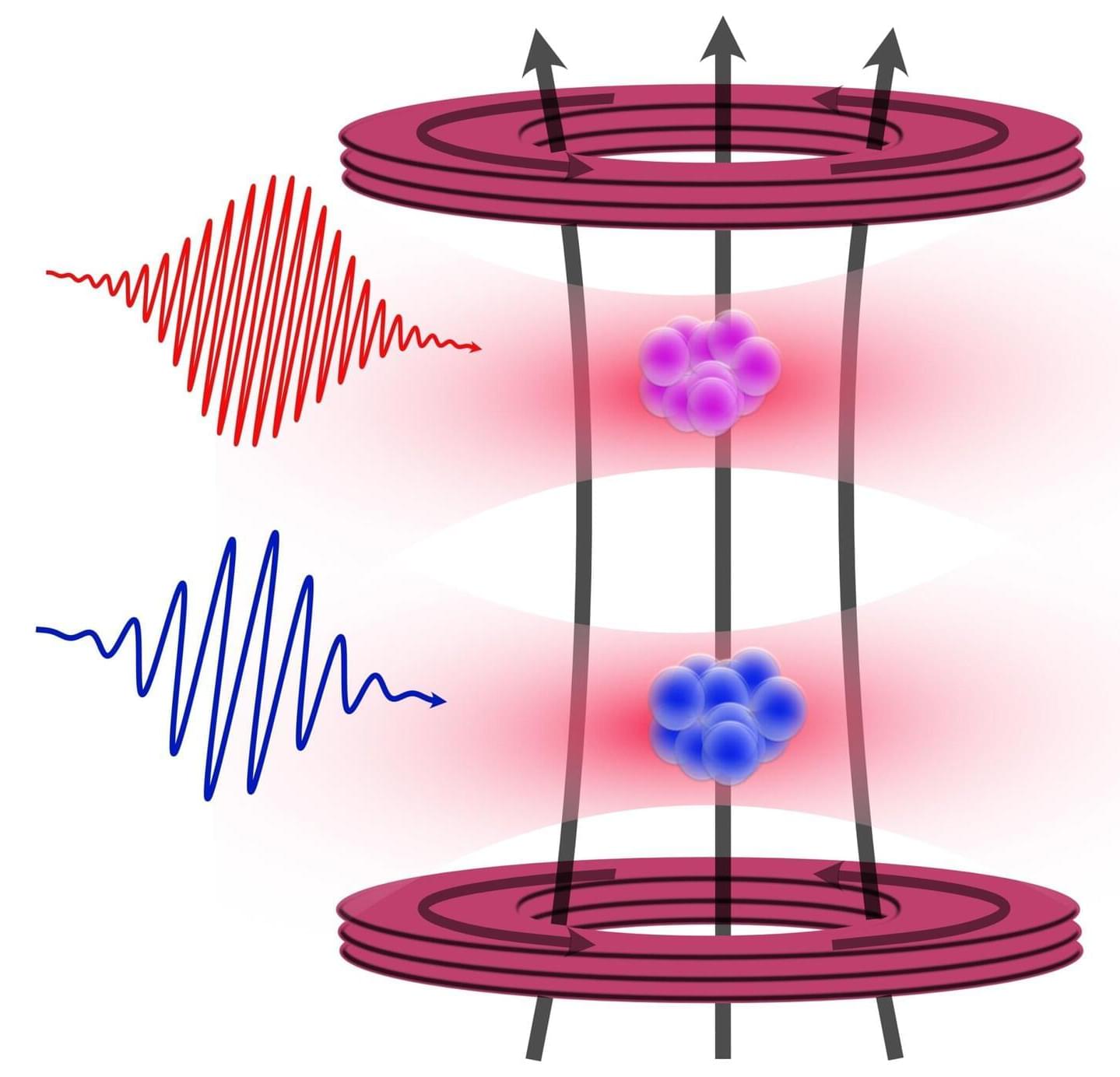
Having good neighbors can be very valuable—even in the atomic world. A team of Amsterdam physicists was able to determine an important property of strontium atoms, a highly useful element for modern applications in atomic clocks and quantum computers, to unprecedented precision. To achieve this, they made clever use of a nearby cloud of rubidium atoms. The results were published in the journal Physical Review Letters this week.
Strontium. It is perhaps not the most popularly known chemical element, but among a group of physicists it has a much better reputation—and rightfully so.
Strontium is one of six so-called alkaline earth metals, meaning that it shares properties with better-known cousins like magnesium, calcium and radium. Strontium atoms have 38 protons in their nucleus, and a varying number of neutrons—for the variations (or isotopes) of strontium that can be found in nature, either 46, 48, 49 or 50.

At 4 degrees Kelvin, most electro-optic materials falter. Nanoelectronics R&D center imec has now successfully engineered thin-film strontium titanate (SrTiO₃) that delivers record electro-optic performance with low optical loss, pointing to shorter, faster building blocks for quantum devices.
Quantum computers and detectors run at temperatures close to absolute zero. In these extreme conditions, even the best room-temperature materials struggle to control light efficiently. This feature is essential to encode, route, and convert information in electro-optic networks, which at room temperature are used in data and telecom applications, but also increasingly for ultra-low temperature quantum links.
In a new paper published today in Science, imec researchers, in collaboration with KU Leuven and Ghent University, report how they re-engineered a common crystal, strontium titanate (SrTiO₃), so it behaves with record performance at cryogenic temperatures.

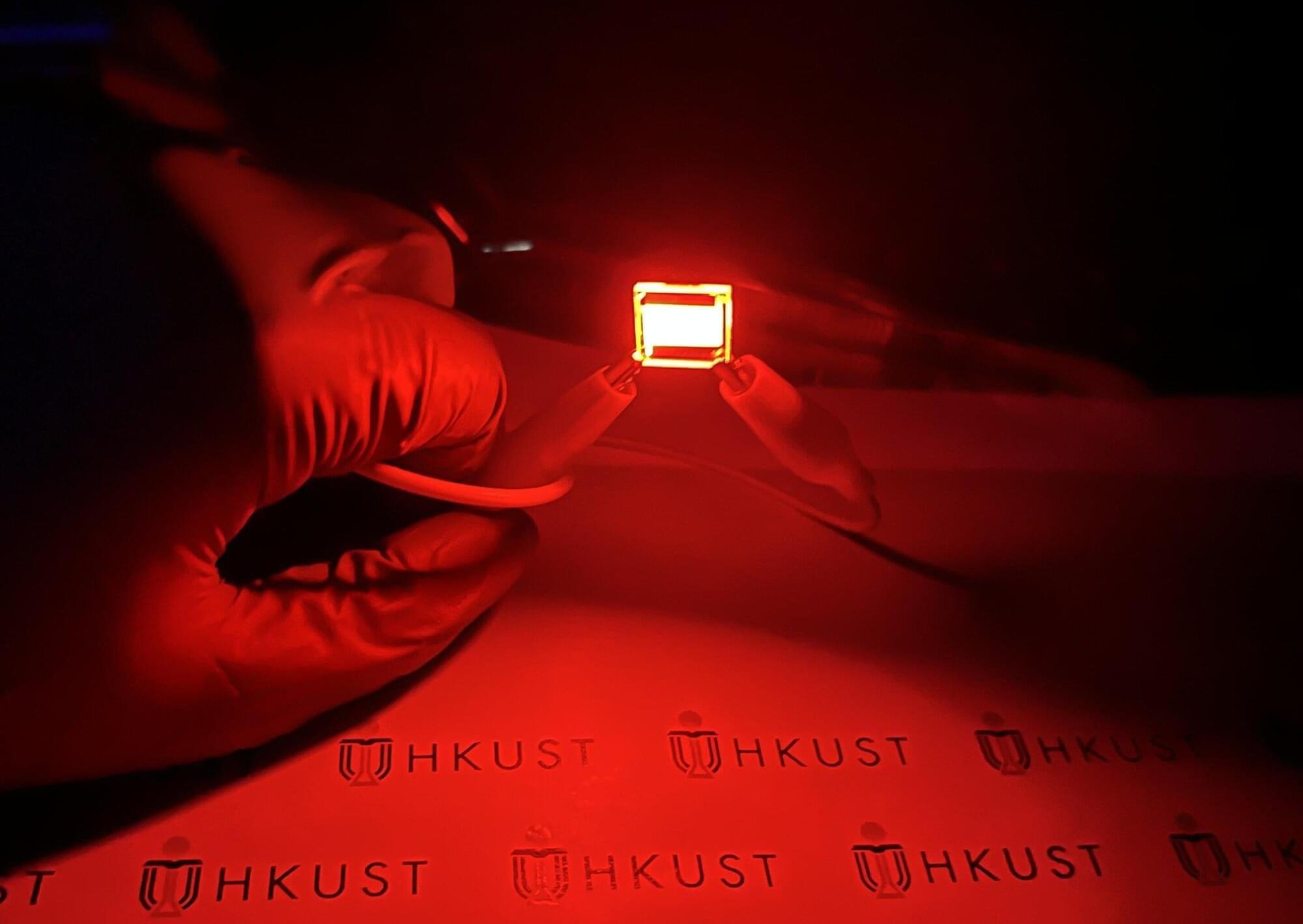
A research team led by the School of Engineering of The Hong Kong University of Science and Technology (HKUST) has made significant advances in quantum rod light-emitting diodes (QR-LEDs), setting record-high efficiency level for red QR-LEDs. This innovation is poised to revolutionize next-generation display and lighting technologies, offering smartphone and television users a vibrant and enhanced visual experience. The research is published in the journal Advanced Materials.
LEDs have been widely used in electronic products for decades. Recent developments in quantum materials have given rise to quantum dot LEDs (QD-LEDs) and QR-LEDs. QD-LEDs offer superior color purity (color vividness) and higher brightness compared to current mainstream LEDs. However, outcoupling efficiency has now become the primary obstacle, as it sets a fundamental ceiling for external quantum efficiency (EQE), thereby hindering any further performance improvements.
Quantum rods, on which QR-LEDs are based, are a type of elongated anisotropic nanocrystals with unique optical properties that can be engineered to optimize the light emission direction and ultimately improve outcoupling efficiency. However, QR-LEDs encounter two significant technical challenges: first, the ratio of emitted to absorbed photons (photoluminescence quantum yield) is relatively low after the material absorbs photons; second, there is a substantial leakage current due to poor thin-film quality.
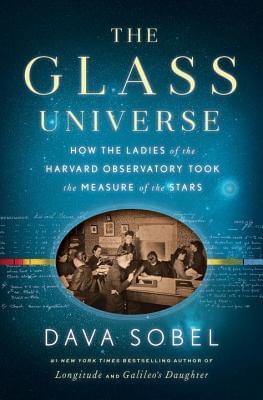
In the mid-nineteenth century, the Harvard College Observatory began employing women as calculators, or “human computers,” to interpret the observations their male counterparts made via telescope each night. At the outset this group included the wives, sisters, and daughters of the resident astronomers, but soon the female corps included graduates of the new women’s colleges —Vassar, Wellesley, and Smith. As photography transformed the practice of astronomy, the ladies turned from computation to studying the stars captured nightly on glass photographic plates.
The “glass universe” of half a million plates that Harvard amassed over the ensuing decades—through the generous support of Mrs. Anna Palmer Draper, the widow of a pioneer in stellar photography—enabled the women to make extraordinary discoveries that attracted worldwide acclaim. They helped discern what stars were made of, divided the stars into meaningful categories for further research, and found a way to measure distances across space by starlight. Their ranks included Williamina Fleming, a Scottish woman originally hired as a maid who went on to identify ten novae and more than three hundred variable stars; Annie Jump Cannon, who designed a stellar classification system that was adopted by astronomers the world over and is still in use; and Dr. Cecilia Helena Payne, who in 1956 became the first ever woman professor of astronomy at Harvard—and Harvard’s first female department chair.

Scientists have achieved a breakthrough in light manipulation by using topological insulators to generate both even and odd terahertz frequencies through high-order harmonic generation (HHG). By embedding these exotic materials into nanostructured resonators, the team was able to amplify light in unprecedented ways, confirming long-theorized quantum effects. This discovery opens the door to new terahertz technologies with vast implications for ultrafast electronics, wireless communication, and quantum computing.